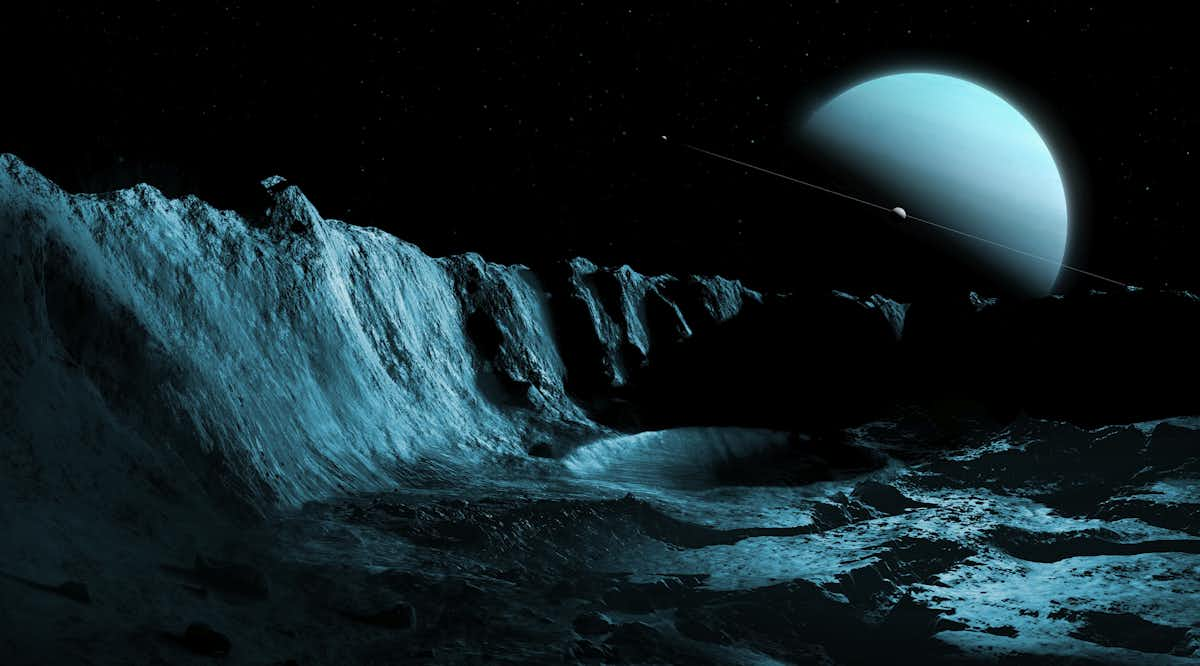Unwrapping Uranus and its icy secrets: What NASA would learn from a mission to a wild world
"The possibility of oceans and life
Which leads to one of the most exciting parts of the mission: Many planetary scientists theorize that Ariel, and perhaps most or all of the other five moons, may be an ocean world harboring large, underground bodies of liquid water miles beneath the solid, icy surface. Finding out whether any of the moons have oceans is one of the major goals of the mission.
This is one reason why an orbiter would probably carry a magnetometer – to detect the electromagnetic interactions of an underground ocean as one of its moons travels through Uranus’ magnetic field. Instruments to measure the moons’ gravitational fields and cameras to study their surface geology would help, too.
Liquid water is an essential requirement for life as we know it. If oceans are detected, scientists will then want to look for other ingredients for life on the moons – such as energy, nutrients and organic matter."
For more details:
And a related book:


Comments
Post a Comment